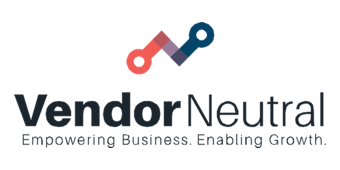
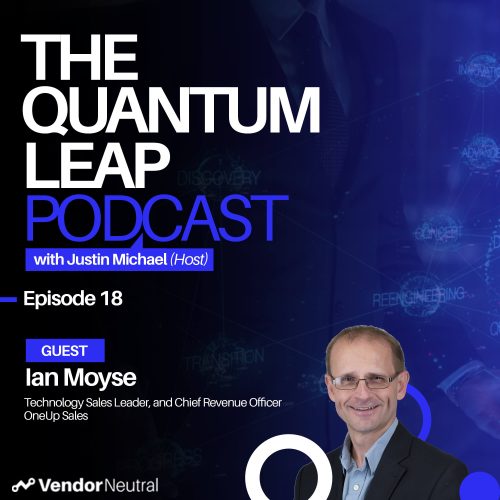

Sales Enablement to Generate Revenue in 2021 and Beyond
Episode 18 -
Ian Moyse
Technology Sales Leader and Chief Revenue Officer
Read Full Transcript
Sales Enablement to Generate Revenue in 2021 and Beyond
Customers and the people selling to them have changed, suddenly things that were working are not and sellers have had to pivot their selling methodology. How can we adapt? Listen in as our host Justin Michael and OneUp’s CRO Ian Moyse discuss sales enablement, the tools, processes and people that we need to be successful in 2021 and beyond.
Justin Michael Welcome back to Quantum Leap, I am Justin Michael, your intrepid host, doing my best William Shatner impression I’ve got here, the one and only Ian Moyes, who is the Chief Revenue Officer of OneUp, and I believe he’s in England.
Ian Moyse I am and starting to go dark at this time of the day and still in lockdown at the time we speak and hoping to come out soon, right so.
Justin Michael Yeah. So, you know what we’re talking about the future of the enterprise on this show. And when I think about any system, I think of people, process, technology, and when I think of go-to-market strategy, I think of revenue as CRO and I think of marketing operations and sales and the impact now of product-led growth in sales technology. What’s on your mind when you think about you know how you approach enterprise systems to generate revenue. 2021 and beyond.
Ian Moyse Yes, it’s interesting, I speak to many other sales leaders and I have that opportunity through different associations and channels and things, and there’s a real mix going on right now where some business decisions are getting made, accelerated because of businesses needing to pivot and utilize technology to do things differently. And they’re being driven by pain, by the world that we will find ourselves in now. I’ve watched this particularly in the cloud area, which is where I play cloud computing and for many years is lots of people take a lot longer to do a decision. And yet what we’ve seen now is a lot of people moving quicker because they have to because what they’re doing is not looking for gain, not looking for strategic gain, they’re looking for removing tactical pain that has been imposed upon them right now by a dispersed workforce and right now also by a dispersed customer. Customers, businesses have changed. Some markets are struggling more than others based on what’s been imposed upon them. We don’t travel, for example, is a heavy sector and retail, entertainment, et cetera. So customers, people selling to them and servicing them have had to pivot in their selling methodology. And what I’m seeing in their technologies and looking at how in changing with our SDR teams, for example, what tools do we need? So there are a lot of investment going on right now and a lot of exploratory around what new sales enablement tools can enable us to work more effectively, remotely, and adapt to to the world that we’ve been placed in. Now people are talking about going back to work, but no one right now, how many of us are relying on that and say, well, we’ll just wait now? That happened, I think at the beginning when we spoke of this whole COVID issue. But I think pretty quickly, people realized, well, I can’t wait. This isn’t a short-term thing, and we still don’t know, of course, how long this will go. When will normal return? Will it return? Are we going to be here in a year’s time where we’re still heavily half and half? We don’t know. So you’ve got to get on with business. And that’s what I’m seeing happening and that’s the discussion I’m having with people.
Justin Michael Yeah, so I’ve just gotten like it’s been this drone of new normal, and these uncertain times, and what we’re really seeing is an acceleration like what Satya Nadella said, like, you know, two years of digital transformation in two months. We’ve seen e-commerce be totally reimagined. Supply chains have been impacted and people have been forced to change. The ultimate trigger event. I think a lot of the themes like flex work and remote work and, you know, feeling out interactions digitally, the social selling revolution. There’s this area that has sprung up called revenue operations, where it’s sort of the optimization of marketing operations and sales operations. You’re a chief revenue officer, so you straddle a lot of the marketing attribution problems and also, you know, it’s the whole go-to-market. You’ve got hyper tactical problems. You’ve got tech problems, people problems, and then you’ve got these big strategic initiatives where you have to effect change. It’s a tough role. Talk to us about being a chief revenue officer and what’s the modern approach to use an AGILE methodology like what’s the operating software to even be able to do your job?
Ian Moyse Yeah, so, yeah, absolutely not. My focus is on. So I’ve come in a couple of months into the role and my focus is on, A, AGILE is absolutely insane, because who can predict? There’s no point. We’ve been having this conversation, in fact, around strategic plans from what is a strategic plan anymore? You know, can we do a strategic plan, say this is three years out? Really? So. So how do we simplify these things to ratified? Where do we want to get to them? What are the tactics underneath it? The tactics are agile tactics that deliver results, and if they don’t, we can pivot quickly. We don’t want to be on the big, big, big ship, and heading towards where to change is going to take a long time. Much better, let’s all be on smaller boats working together where if we need to turn, we can turn quicker because we’ve just seen, as you said, the big, biggest pivotal event. And there’s more coming, right? We don’t know what that’s going to be. And it’s out of our control. For us, we’ve also got Brexit. Don’t even want to mention that, but Brexit was the big news up until COVID hit and then Brexit’s taken, become the second-class citizen. But in Europe, that’s also affected supply chains in terms of the cost of supply, who’s supplying who, and all this stuff. There’s complications around that. So I think this is the biggest time to be agile that we’ve ever seen, but we all became reliant on the technology and previous approaches, right, and suddenly that was the rug was ripped from us. So people who assumed things and had things baked suddenly things that were working for them are not. So what we’re looking to do and my strategy is not to look, not to get too tied into anything too deep, is to try and put things in place that are driving results as fast as we can. And also our understanding, I think this is a really important point, is understanding that that is happening to the customer that we want to engage with right now as well. They’re going through this. So they may be disrupted in ways that hinder us being able to engage and do business together. Not because they don’t want to do business, because that they’re trying to figure out these challenges and where their priorities are. So, for me, it’s about focusing on the right things, right? And not trying to boil the ocean. What are the important things and doing them well? And setting KPIs for the team that are clear. OKR’s. that are clear directives to get us to where we want to be but that are measured in short-term sprints. The answer is what we’re going to do over the next 18 months and that and it’s set now in stone and I’m talking about right now recruiting a number of people and I’m talking to them right is let’s be frank, I know you’ve got it all planned out for you coming into a new role where you recruited remotely and you want to know everything and it’s all, we can give you that. What I can tell you is our method and how we’re approaching customers and the tools we’re using and our approach right now. But what I’ve shown them is see how this now makes sense. right? Any of that could be changing, but we’ve built it and structured it in a way that we can change fast. And that’s part of what I need you to be able to do. I want to employ people who are receptive to change because it’s going to come. We just don’t know what it is.
Justin Michael So let’s talk about so how do you, what is the modern hiring approach when you have skills that we don’t even know you’re going to need? And then how do you take the folks that are in the company and upscale them? We’re in this e-learning renaissance. So we know that within two years there’s literally technology that exists that we all need that we don’t know how to use. And so there’s this like lifelong learning element and remote upskilling and there’s all this tooling and they buy the tools, but then they don’t train and enable the tools. So, I’m a huge believer of higher hire fewer people, compensate them more, invest more in them, more tooling and then more onboarding and training, overall training and training on tools. So, I mean, I’m very much a proponent of you get what you put in. The more you invest in your people and technology by itself just won’t work, it’s too hard. Like, give somebody a Cessna airplane to be like, OK, figure out how to fly. The chance of death is very high, some kind of basic ways of understanding, like, you know, air pressure and there’s some counterintuitive things in flying an airplane that if it wasn’t explained to you, it would just be lethal, especially with sales and marketing. There’s a lot of things that just, it seems easy. Oh, we just market, its great designer, great with people but there’s a lot of counterintuitive elements where it’s a craft and to be great at it really does take a lot of skill and sales enablement. So how do you approach problems?
Ian Moyse Yeah, and I would counter, I guess, support that with. I look at productivity rather than activity. I can hire people to point that turn the wheel, but right now, you’ve got to work smart and decide where you place your bets, because it is not about just doing loads of activity, whether it be marks or whatever, it’s the results we all want and working back from; if these are the results we want and how are we going to get there? Not just doing what we used to do, which for my view in sales and marketing, a lot of it’s broken. I watch it. A lot of people keep doing the same stuff they were doing five years ago. That’s got to change. It’s change. You can’t run events. So that’s gone. So, you know, it’s had to change, so for me and hiring people into this. I think the hiring process, but we know the process has changed because you’re not meeting the people. But for me, it’s looking for people with the aptitude and attitude is more critical than ever because they’re not going to have people around them, right? They’re not going to have a team of people in the normal environment. I want people who are flexible and have adapted quickly and I’m asking people, what have you done during covid? What have you made use of some of this time? You haven’t had the commute time, for example. And I’m looking at here, people have if they’ve been furloughed or haven’t been working, what have they done with their time? Not that they’ve watched Netflix that they’ve invested. Well, I explored this. I learned this. I’ve improved my value to you as an employee because of what I’ve done, and I’ve demonstrated my behavior style. And I think that’s a biggie right now is both for the staff we’ve got and the people coming in, is what your behavior style? Some have adapted to this quite well. Some have adapted to this and said look there’s a problem, I’ve been disrupted, but I figured out to work differently. And that has been to your point, the tools and processes, if you’re working remotely at home, some of the tools will have changed. You not using your desk phone. How did you adapt to this quickly and what have you contributed to making yourself effective in this position and still being successful, particularly in salespeople right? How have you dealt with the fact your customer is probably not in the office so you can’t phone their office number and how have you adapted your whole sales process to continuing to be successful when your position was changed? You can’t go meet them. You can’t go and shake their hand. You can’t go through that process. You’re having to do it like this. And from the customer’s perspective, the way they buy is changing. You know, they’re not going to get you into a panel meeting in a room and you build rapport and the whole thing’s changed. Now, how are you dealing with that? So I think it’s hard for everyone, but I think that you’re right, that the people are the key to this, not just throwing technology at it. Number one is getting the right people, which I’m just at the position of having gone through that process completed. Now, you absolutely nailed it. I’m looking at what technologies do we need to change? Stop, start and continue. Right, so just one of the ones we were using, I’ve just said, will actually stop that one, and let’s start using this one. And I’m making pragmatic, to be honest, tactical decisions around how do we support and enable these people to be as productive as possible in a remote environment and have the tools to do the job and not be hindered by platforms and technology and processes falls underneath that, of course.
Justin Michael Tell me how you select that technology, test it, get the vendors to conform to your buying process. Is in software as a service it’s very hard because people say, OK, we’re the best. This is how you have to buy it. You can’t pilot it and I’m not trying to shoot down these vendor processes. But as the chief revenue officer, you’re selecting a lot of sales technology. You’re either consolidating or adding. How do you make the choice whether to consolidate, whether to add and how you put people through the paces?
Ian Moyse So you and I start from there, is it is accepting that you’re going to make some mistakes, right? But you’ve got to do stuff. I sell to customers in that environment. It’s flipping it the other way and I see too often where people are scared to make decisions and therefore the decision takes so long and then they make the decision, nine months old that they would have made anyway. So, I think make decisions, make them, do your due diligence quickly, but be prepared to fail fast and make them make some mistakes. So I’m trying to pick tools that I can get quick value from, you know, tactical value from at this point. I’m not trying to boil the ocean and change everything right? For example, if you look at the sales technology stack, you’ve got an awful lot of sales enablement tools coming out now around call recording, around A.I. Analysis, sentiment analysis, and all this stuff. It’s all got value, but where are you in in your journey? And I’m not there yet. Right now I’m looking to put simple, robust processes in place that link sales and marketing proactive activity and that they line up so that the SDR is targeting one particular segment, marketing another, and we’re focused, I think the two things I say are focused and we understand who our customer persona is and all the tools, processes and the individuals are focused on the right persona so that we’re not trying to boil the ocean. I think too many people are trying to do everything, too much. Too much. I think if you focus down and get the tools that will enable you to do what you need to do on a focus, you don’t have to go and get 10 tools or switch them out. That’s my piece is to try and narrow down what we need to change, what we need to decide and get the motor running and then worry about expanding later, get the foundation strong. And I see a lot of people looking at a lot of tools at the same time. And I think the danger there is if you bring two or three tools in, A adoption with the people, you’re not doing them any favors, and B, if something doesn’t work, how do you know what’s what? You changed too many things at the same time. How do you know what’s not working? How do you know what the cause is?
Justin Michael That’s the scientific method. I mean, we all learned if we took sides that you can move, you need to control and I see a lot more people doing the Jackson Pollock than a scientific method. And when you do scalable AB testing you have to hold everything the same and change one thing so significant. So, I appreciate Jeremy Donovan over at Sales Loft and folks that are running science-based experiments. I mean, the scientific method is helpful. It’s just math. If you move two or three variables at once, it’s very hard to know what’s going on, then it’s really your pattern matching now you’re going into more art than science it’s not really a data-driven approach. So, you’re talking really about a marketer’s skillset of data-driven KPIs. So, yeah, it’s getting these sales technology stacks together is kind of wild.
Ian Moyse And, then there’s a lot and there’s a lot of them right now. Right? I think what I am saying in the sales leaders I’m talking to is this budget for this stuff, because everyone is looking at the same thing. We want more successful outcomes. There have been many challenges put in our way. And the constant I get from people is how do you drive more leads? The buyers, we talked about that last time, the buyer is more dynamic, the buyers’ chain. We’ve all changed as buyers. It’s harder and harder to generate the right leads and I see too many people trying to generate the volume of leads. We’ve got to get this many MQL’s, worry about the SQL’s, worry about the quality I don’t want volume. If someone said to me, I can give you ten thousand leads I don’t want them. Give me three hundred of the right ones. It’s not about the volume. It’s just noise. Focus your market on your buyer persona and how do you minimize the dropout rate in your lead flow? Therefore, everything becomes easier, and how do you apply some of these new tools to that?
Justin Michael Yeah, I agree with you. Talk to me about where you think that revenue operations or the CRO role is going over the next couple of years to 2023. How is it evolving? What is the most modern way to do it? What are some tips and advice you have for running out?
Ian Moyse Yeah, I think what I’m seeing is that we’re seeing. It’s interesting I’ve watched over the years in my experience, the journey I’ve been on where sales and marketing have been apart and there’s always been that discussion of getting sales and marketing on the same page and all this stuff. What I’m starting to witness and be interested in what you’re seeing on your side of the world is a lot more of sales and marketing being bought back under the same cap and giving the same directive so that it’s owned by an individual. Yes, there’s other teams of people working, working separately, but that it all reports up to the same person, and that individual has more board-level input and engagement. That’s the way it is. The big thing I’m seeing changing.
Justin Michael Yeah, so the question is, have you seen the dawn of the CCO, the Chief Customer Officer, or one person is running, marketing and sales? Is that efficient? Should there still be a CMO and a CRO? Like this becomes an acronym soup but how much of marketing are you handling at OneUp?
Ian Moyse Well, I’m going to have a marketing team of people running marketing, right, but it reports up. So I own. If you think about what’s marketing’s role today? There’s two things in my mind one is represent your brand, I know the brand piece but the real one for me as a sales leader is driving leads, right. Driving potential customers into the business and that reflects on the brand, of course, as well. And by owning it, you know, I live and die by the sword of the mistakes I make, but I can make decisions without any conflict, without any politics of this is how we’re going to do it. Now, this is input from the team, right, It’s not me, me isolated making those decisions. But you don’t get this, which everyone talks about, the number of sales conferences, etc., and this becomes a whole debate discussion. You get oh, who’s in marketing in the room? Marketing leader and who’s a Sales Leader? And then they talk about this kind of a line. Why is that discussion still going on? We’re all in the same. We’re all in the revenue generation, right? Of driving the business’s revenue and driving acquisition of new clients and driving retention of clients. So we should all be on the same page and goal, but again and again, I listen to corporations in these events and the different heads of different divisions talking about, oh, yeah, but sales never does this. Really? And yet we’ve all this, as you describe, technology processes, all the stuff we should be looking outwardly, but there’s too many things that are impacting negatively because of that fundamental. So, I think that’s what I’m seeing because it’s coming under the same people. It doesn’t mean you don’t have expertise underneath you giving you guidance, right? That’s the smart thing. You employ people smarter than you and then take a lesson from them, but you make the decision which spans across both sales and marketing.
Justin Michael This has been fascinating, I could talk about this stuff with you for hours. Where can people find you on the interwebs?
Ian Moyse Yeah, sure. Two places work-wise. If you come to OneUp sales dot co dot UK, you’ll see what we’re doing to empower sales enablement as one of the toolsets. And then for me personally, Ian Moyse dot co dot UK and you’ll find I post and share content about sales, social selling, and personal branding from there.
Justin Michael Fantastic. Well, thank you for being on Quantum Leap from the Neutral Zone on Vender Neutral. Very excited to have you as guests have you back on and yeah, a lot of great advice shared. Have a wonderful rest of the day and week and thanks again.
Ian Moyse You too. Thank you very much.
Justin Michael Thanks, Ian.
About our Guest:
Ian Moyse, Technology Sales Leader and Chief Revenue Officer at OneUp Sales is also an industry cloud social influencer and is widely published on matters of Cloud and Sales Leadership. Ian is called upon to blog and social influence by many global cloud vendors and was rated twice #1 cloud influencer by Onalytica.
To get started building your optimum sales technology stack, try our Sales Technology Selector. We’ll provide you with a customized report identifying the sales technology solutions that meet your needs. Already know the category of sales technology you need? Use our Certified Sales Technology profiles to find all the details you need to make a decision about which solution is the best sales technology for your organization.
Interested in hearing more Quantum Leap Podcast Episodes?
-
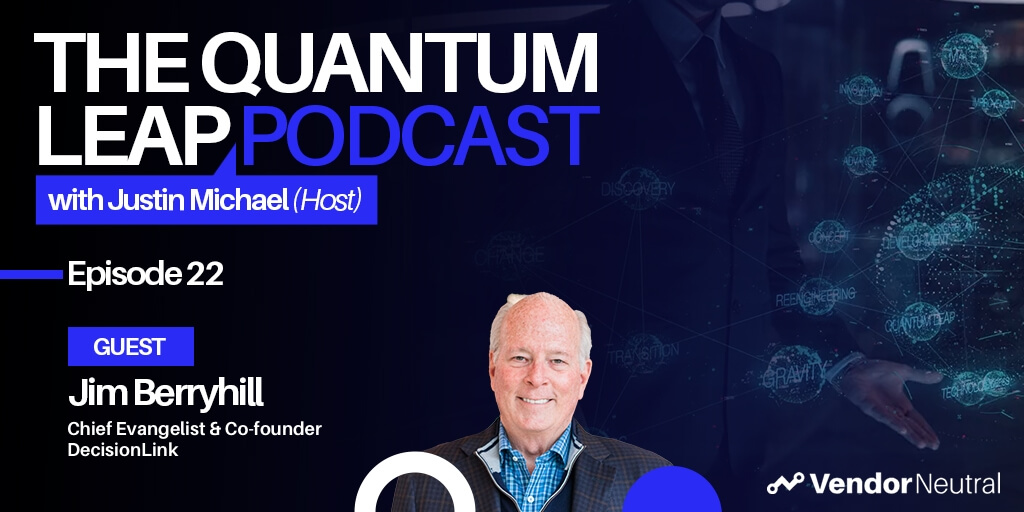 4 Opportunities For Massive Growth In Customer Value Management4 Opportunities For Massive Growth In Customer Value Management
4 Opportunities For Massive Growth In Customer Value Management4 Opportunities For Massive Growth In Customer Value Management -
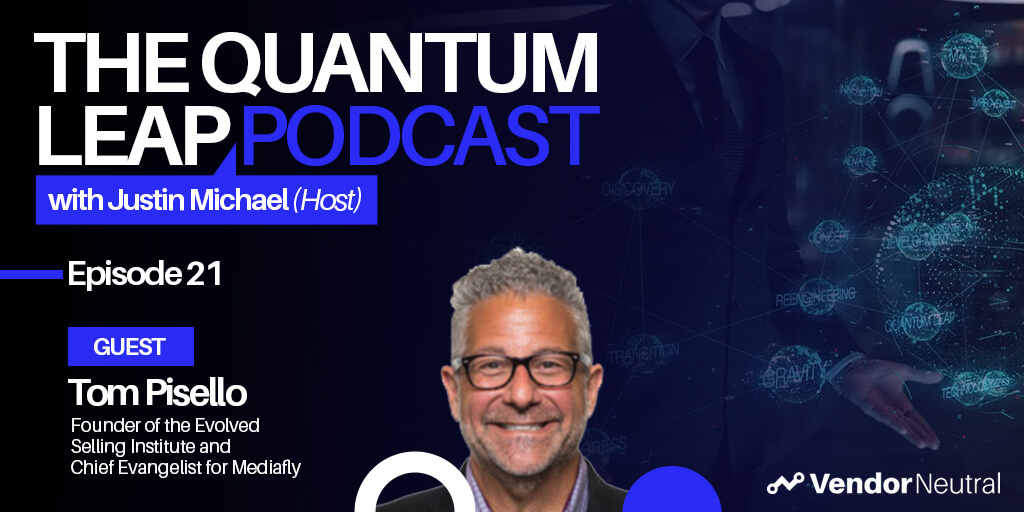 Closing the Customer Engagement Gap | Showing A Clear Case of ROIClosing the Customer Engagement Gap | Showing A Clear Case of ROI
Closing the Customer Engagement Gap | Showing A Clear Case of ROIClosing the Customer Engagement Gap | Showing A Clear Case of ROI -
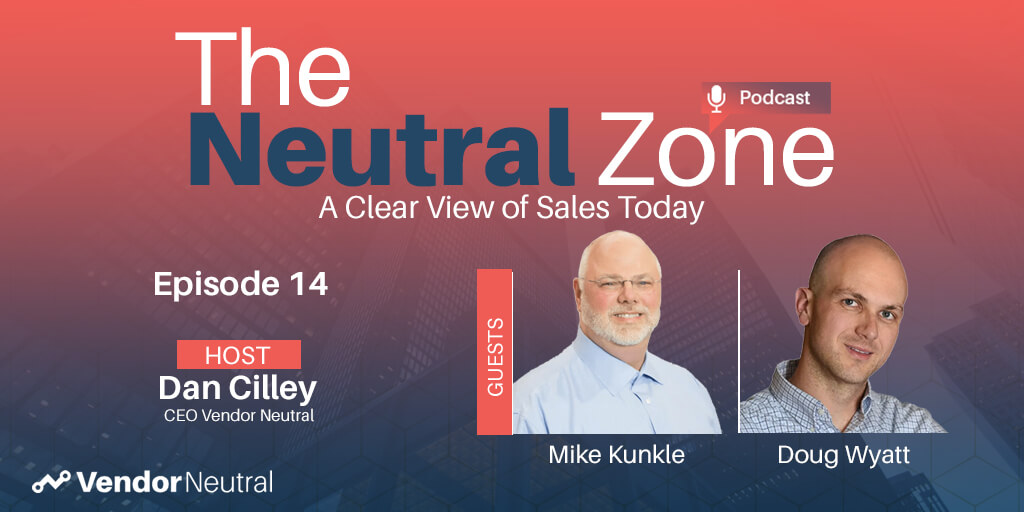 Buyer-Centric Selling | Modern Sales Foundations Virtual Sales TrainingBuyer-Centric Selling | Modern Sales Foundations Virtual Sales Training
Buyer-Centric Selling | Modern Sales Foundations Virtual Sales TrainingBuyer-Centric Selling | Modern Sales Foundations Virtual Sales Training -
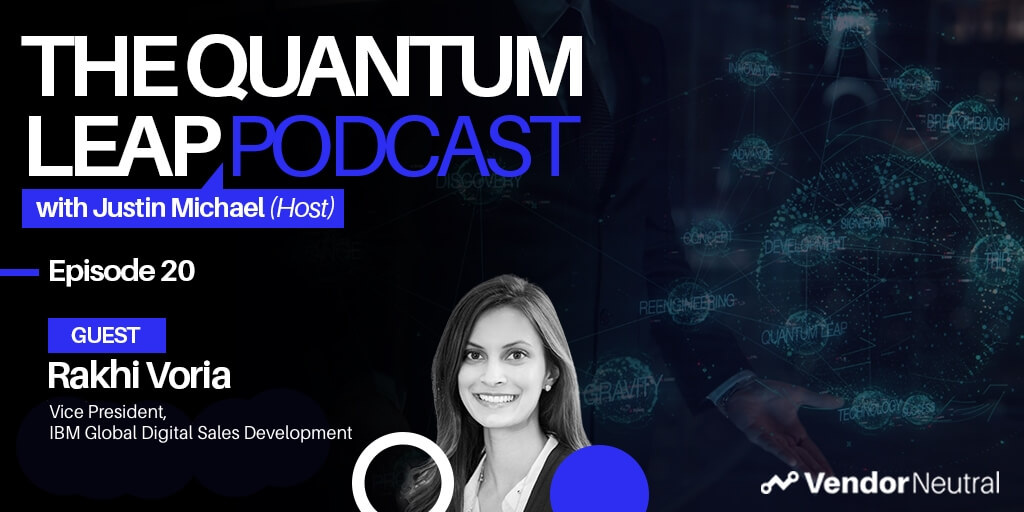 Biggest Trends in Digital TransformationBiggest Trends in Digital Transformation
Biggest Trends in Digital TransformationBiggest Trends in Digital Transformation -
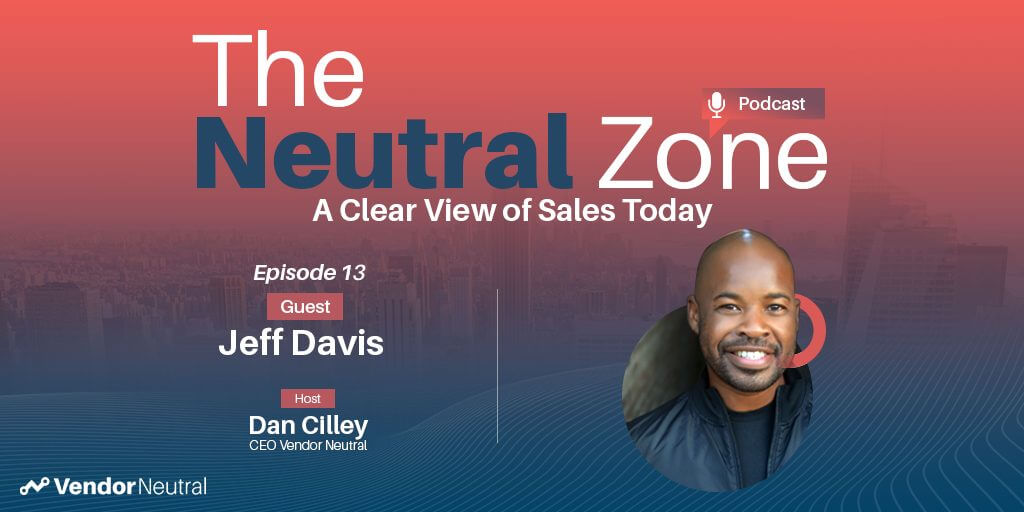 Focus on These 3 Things for Sales Technology AdoptionFocus on These 3 Things for Sales Technology Adoption
Focus on These 3 Things for Sales Technology AdoptionFocus on These 3 Things for Sales Technology Adoption -
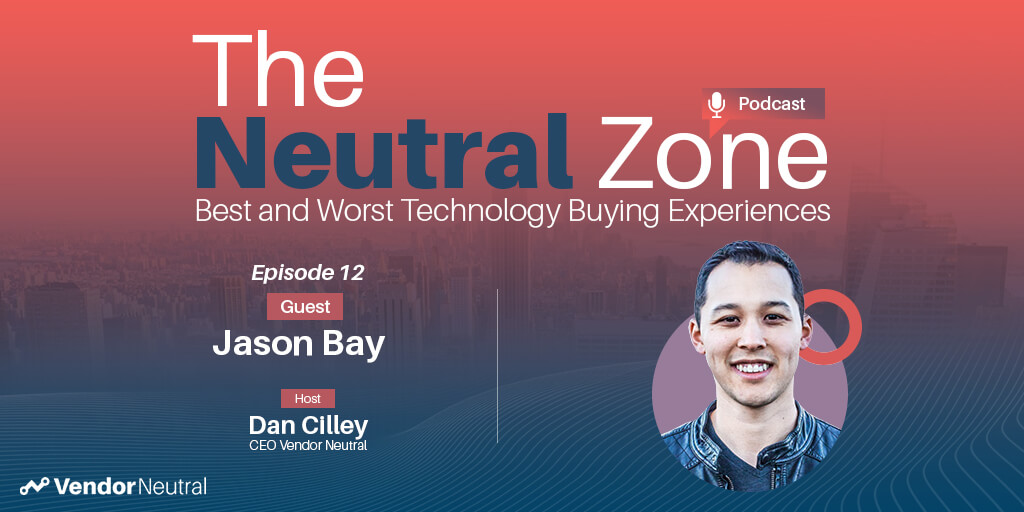 For Sales Technology Buyers A Customer Success Strategy is KeyFor Sales Technology Buyers A Customer Success Strategy is Key
For Sales Technology Buyers A Customer Success Strategy is KeyFor Sales Technology Buyers A Customer Success Strategy is Key -
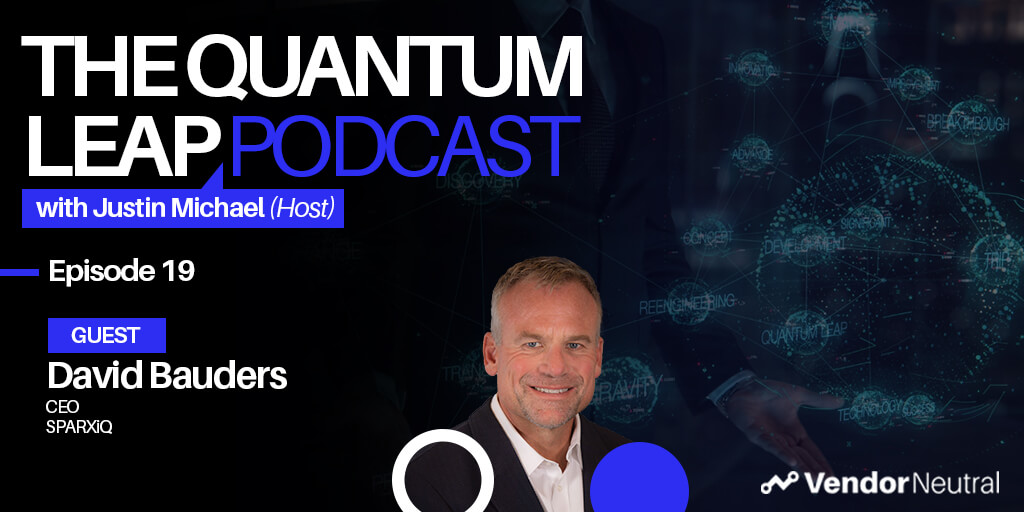 The Future of Sales TrainingThe Future of Sales Training
The Future of Sales TrainingThe Future of Sales Training -
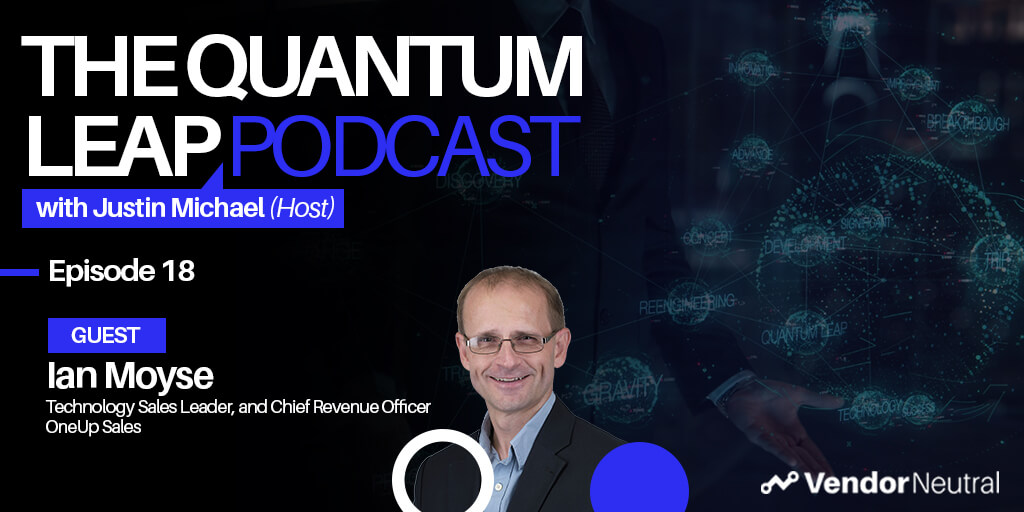 Sales Enablement to Generate Revenue in 2021 and BeyondSales Enablement to Generate Revenue in 2021 and Beyond
Sales Enablement to Generate Revenue in 2021 and BeyondSales Enablement to Generate Revenue in 2021 and Beyond -
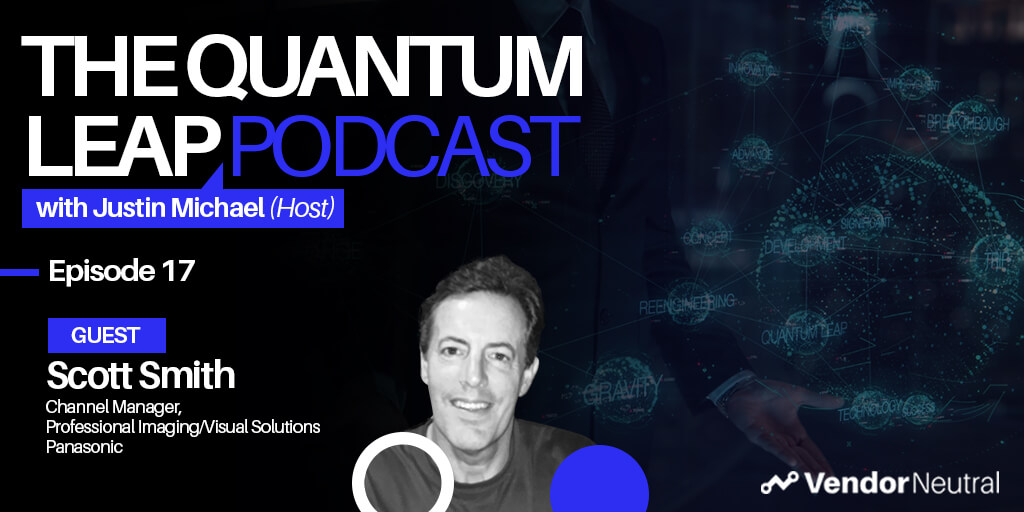 Leveraging Sales Technology in Enterprise Channel Sales | Start by identifying the problems you’re trying to solveLeveraging Sales Technology in Enterprise Channel Sales | Start by identifying the problems you’re trying to solve
Leveraging Sales Technology in Enterprise Channel Sales | Start by identifying the problems you’re trying to solveLeveraging Sales Technology in Enterprise Channel Sales | Start by identifying the problems you’re trying to solve -
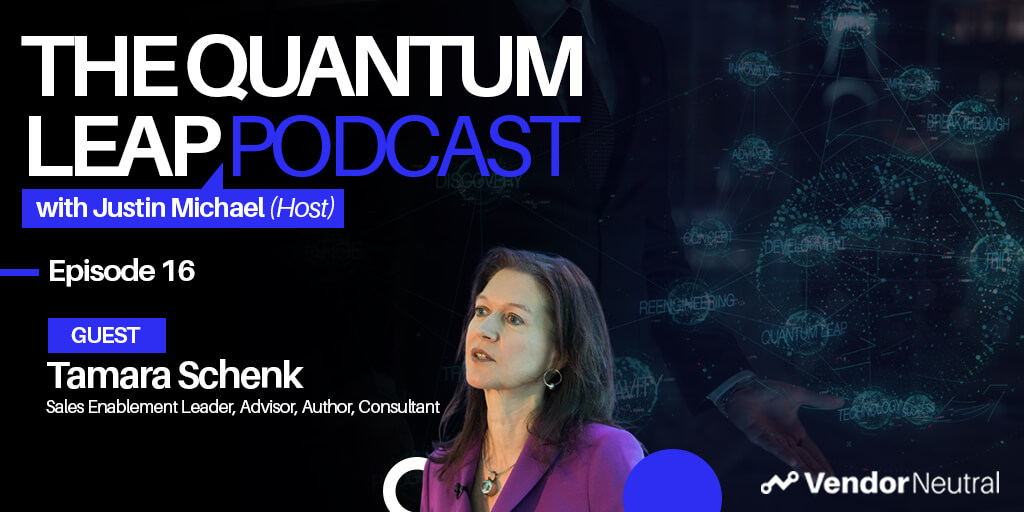 The One Question to Ask Before Sales Technology Implementation to Ensure the Success of Your Enablement InitiativeThe One Question to Ask Before Sales Technology Implementation to Ensure the Success of Your Enablement Initiative
The One Question to Ask Before Sales Technology Implementation to Ensure the Success of Your Enablement InitiativeThe One Question to Ask Before Sales Technology Implementation to Ensure the Success of Your Enablement Initiative -
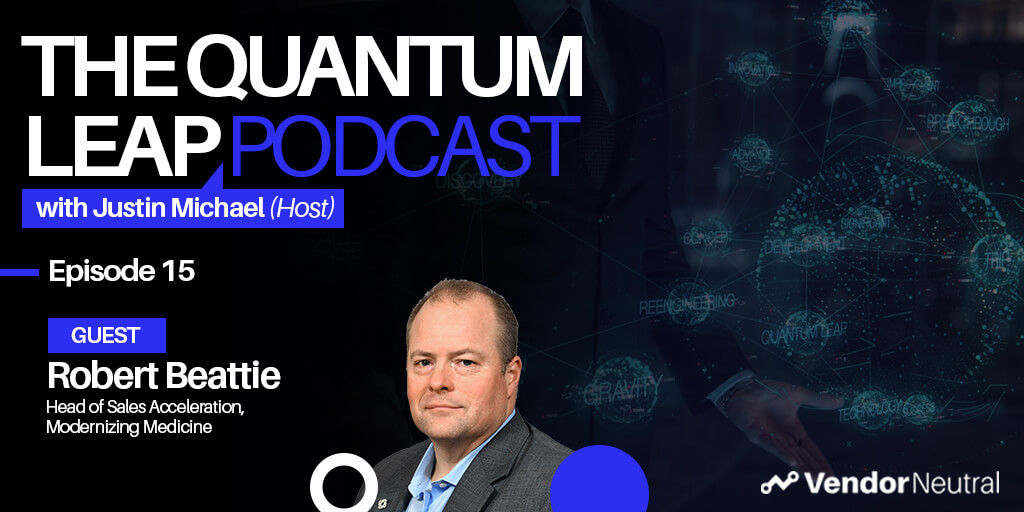 Digitally Enabled Enterprise Sales - Technology & Skills You'll Need in 2025Digitally Enabled Enterprise Sales - Technology & Skills You'll Need in 2025
Digitally Enabled Enterprise Sales - Technology & Skills You'll Need in 2025Digitally Enabled Enterprise Sales - Technology & Skills You'll Need in 2025 -
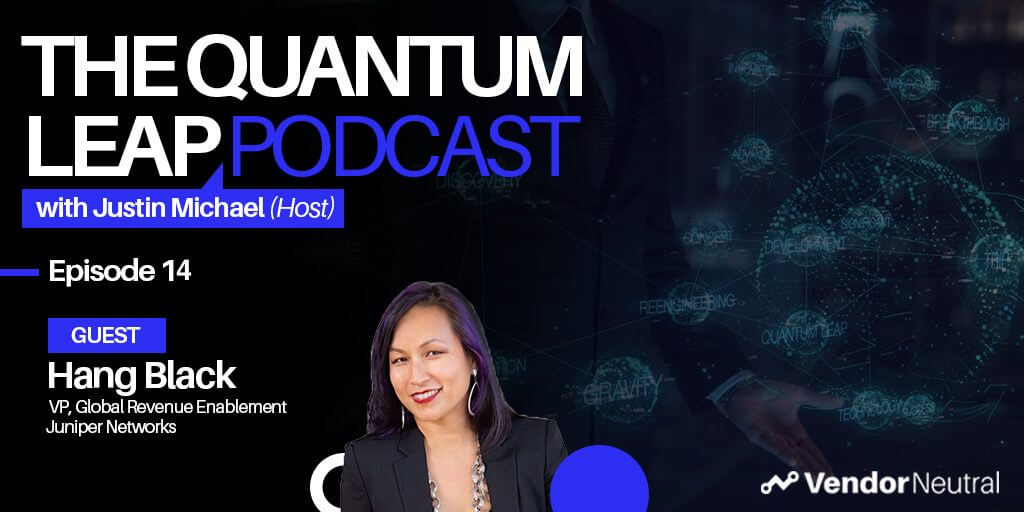 A Look Into The Future of Sales EnablementA Look Into The Future of Sales Enablement
A Look Into The Future of Sales EnablementA Look Into The Future of Sales Enablement -
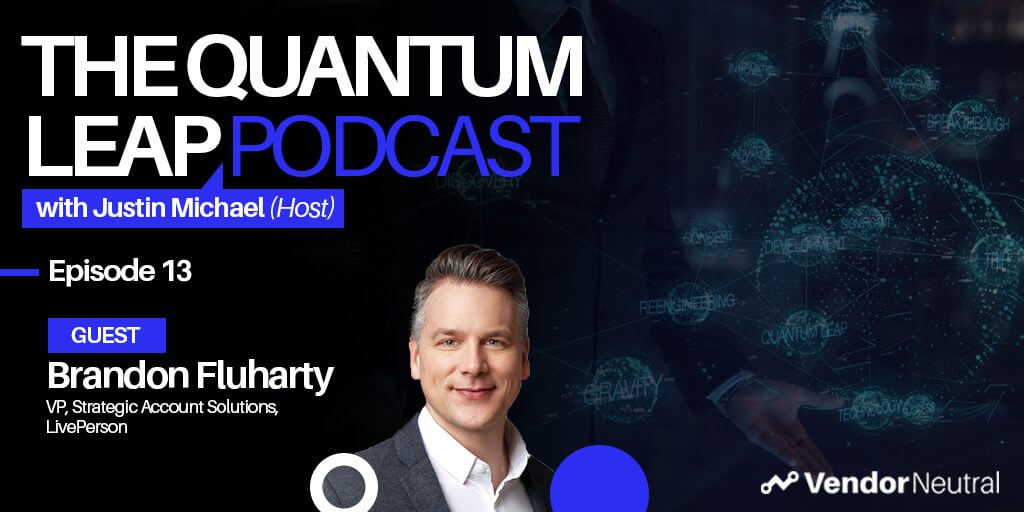 3 Ways Sales Technology will Shape the Future of Strategic Selling & Enterprise Sales3 Ways Sales Technology will Shape the Future of Strategic Selling & Enterprise Sales
3 Ways Sales Technology will Shape the Future of Strategic Selling & Enterprise Sales3 Ways Sales Technology will Shape the Future of Strategic Selling & Enterprise Sales -
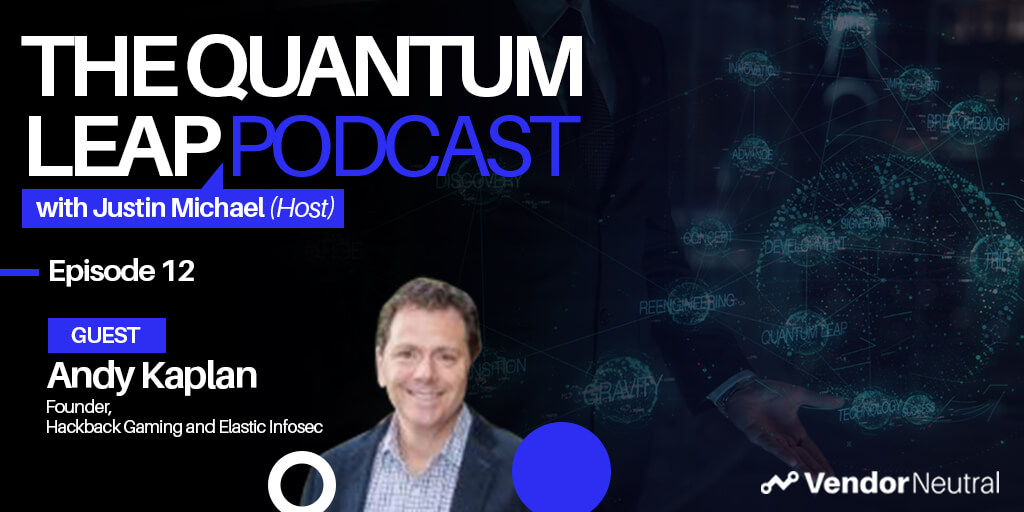 Future of Sales in the EnterpriseFuture of Sales in the Enterprise
Future of Sales in the EnterpriseFuture of Sales in the Enterprise -
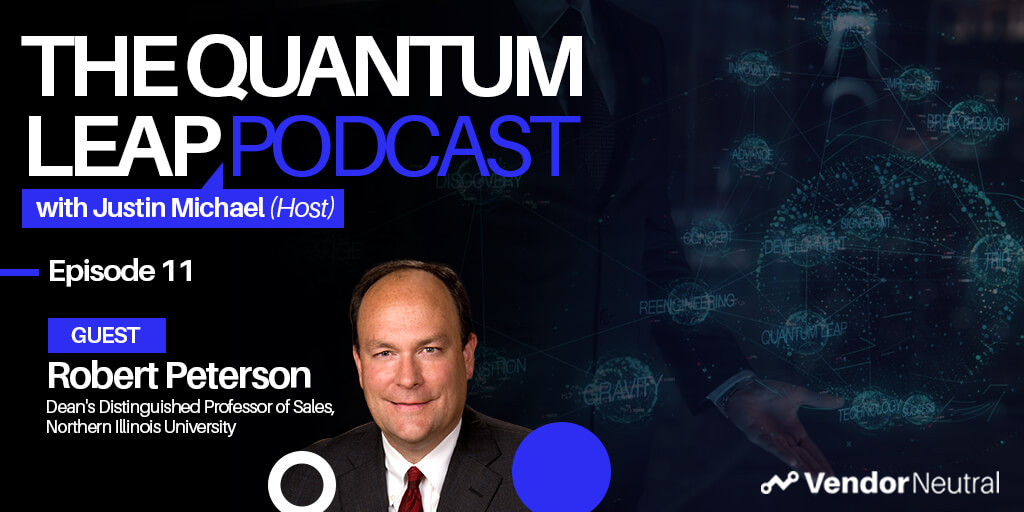 Developing the Revenue Leaders of TomorrowDeveloping the Revenue Leaders of Tomorrow
Developing the Revenue Leaders of TomorrowDeveloping the Revenue Leaders of Tomorrow -
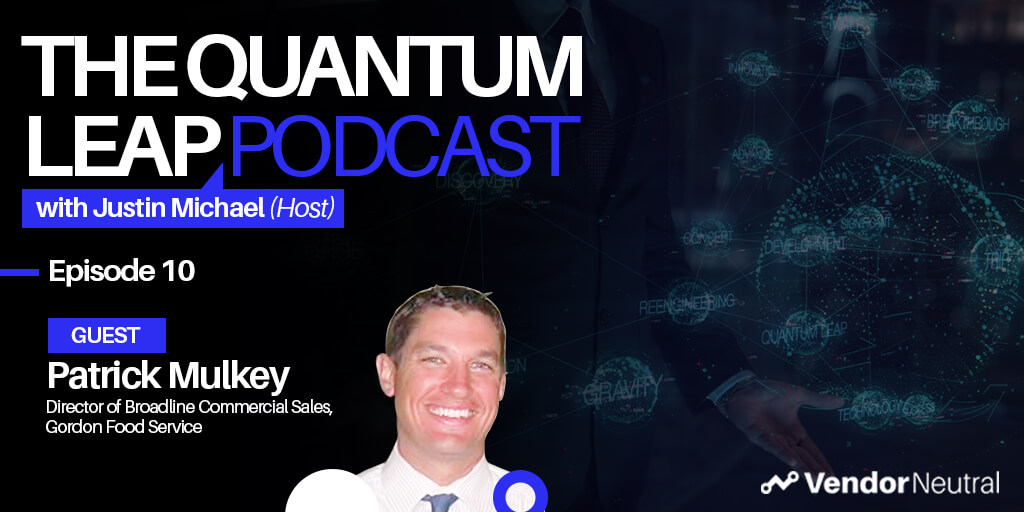 Evaluating and Updating Your Enterprise Sales Technology StackEvaluating and Updating Your Enterprise Sales Technology Stack
Evaluating and Updating Your Enterprise Sales Technology StackEvaluating and Updating Your Enterprise Sales Technology Stack -
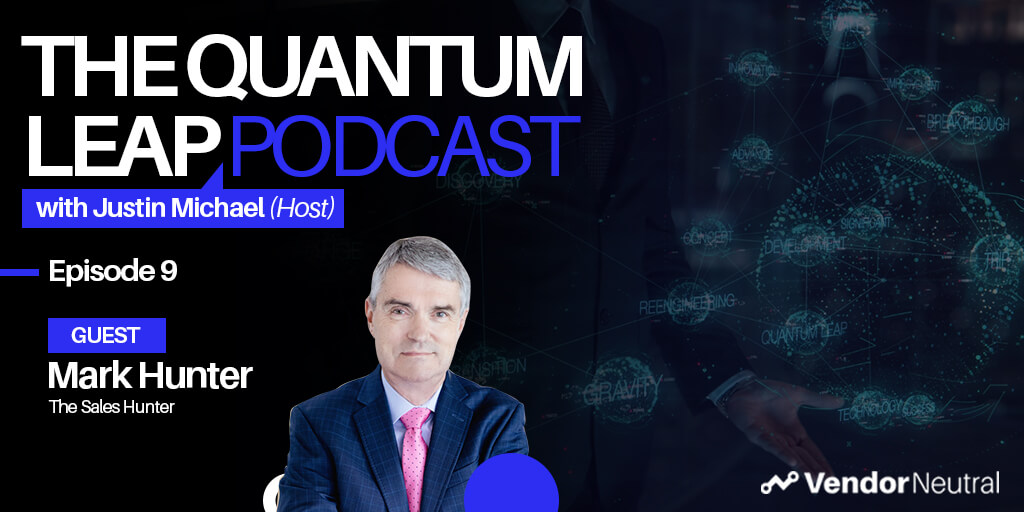 How-to Connect With Enterprise Buyers When Selling From HomeHow-to Connect With Enterprise Buyers When Selling From Home
How-to Connect With Enterprise Buyers When Selling From HomeHow-to Connect With Enterprise Buyers When Selling From Home -
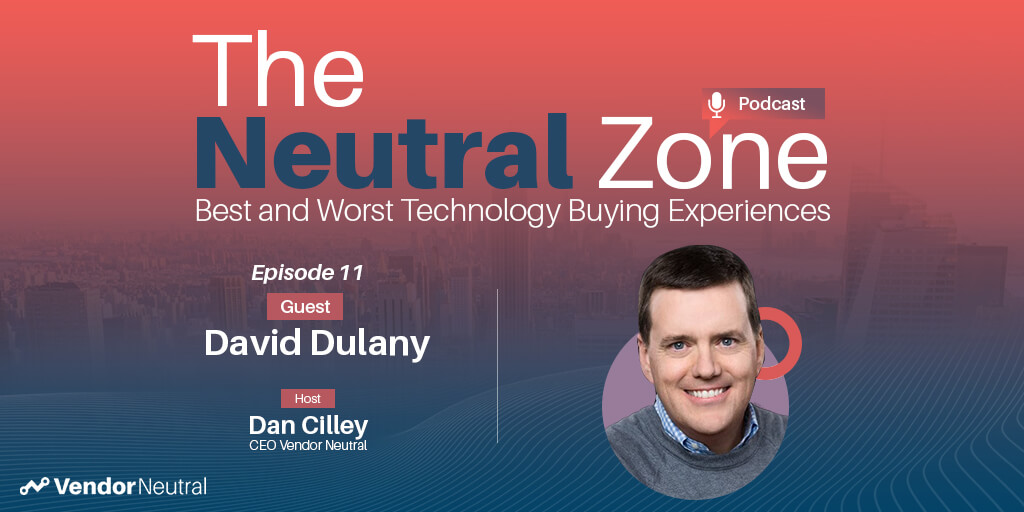 Is the Sales Technology Buying Process Over Engineered?Is the Sales Technology Buying Process Over Engineered?
Is the Sales Technology Buying Process Over Engineered?Is the Sales Technology Buying Process Over Engineered? -
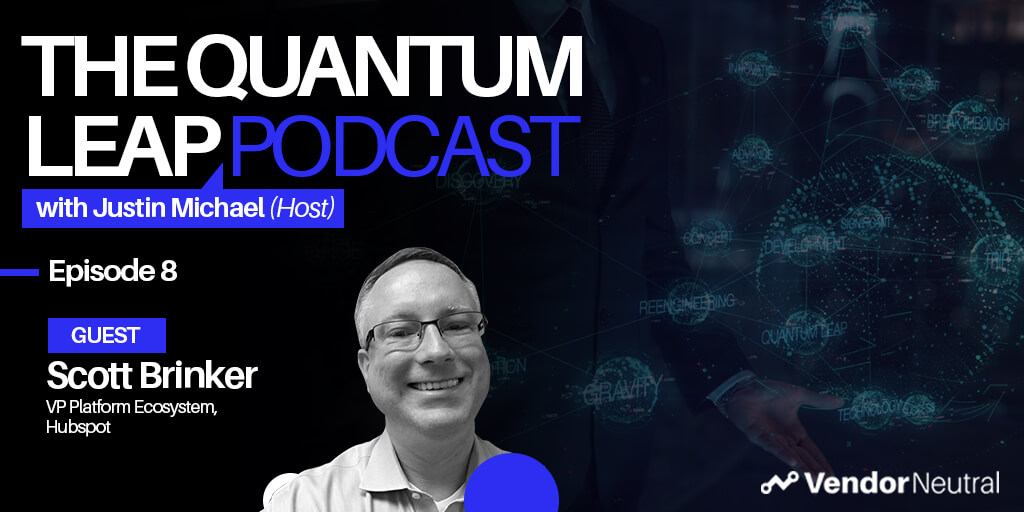 Tangible Ways to Digitally Transform Enterprise OrganizationsTangible Ways to Digitally Transform Enterprise Organizations
Tangible Ways to Digitally Transform Enterprise OrganizationsTangible Ways to Digitally Transform Enterprise Organizations -
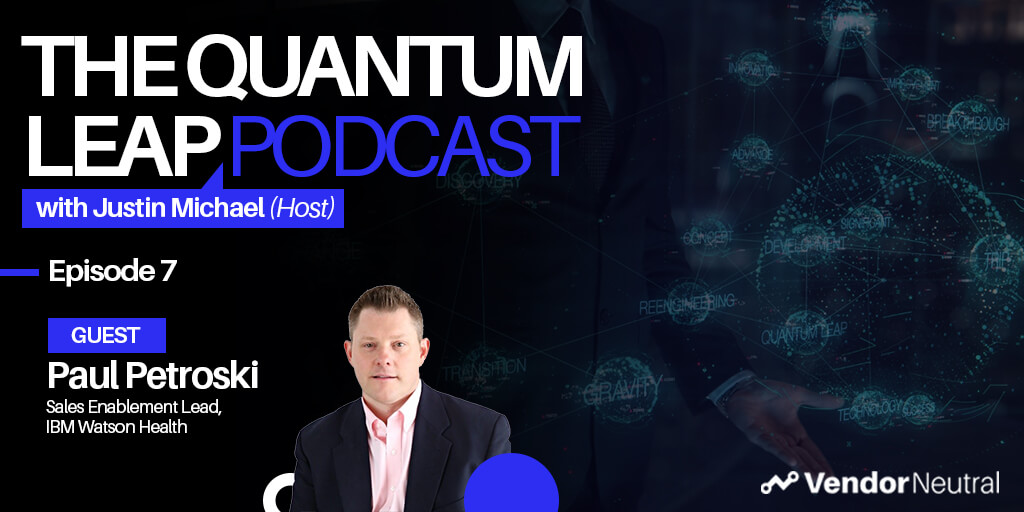 Quantum Leap Podcast Episode 7Quantum Leap Podcast Episode 7
Quantum Leap Podcast Episode 7Quantum Leap Podcast Episode 7 -
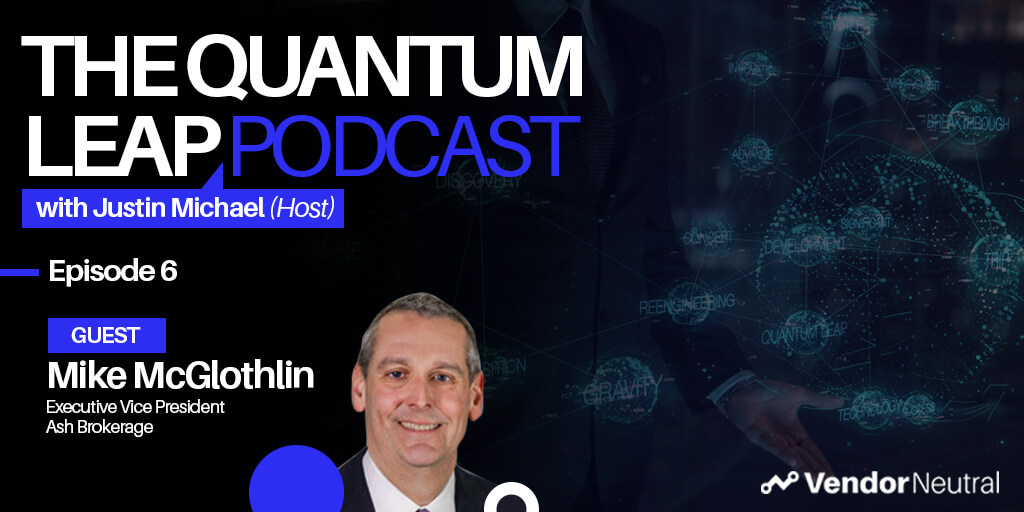 How Sales Technology is Making an Impact in the Financial SpaceHow Sales Technology is Making an Impact in the Financial Space
How Sales Technology is Making an Impact in the Financial SpaceHow Sales Technology is Making an Impact in the Financial Space -
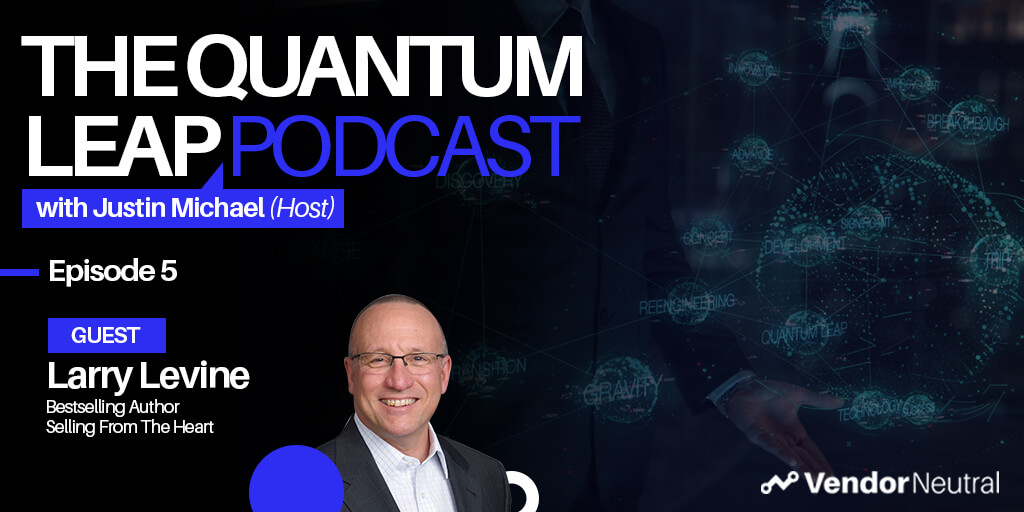 Quantum Leap Podcast Episode 5Quantum Leap Podcast Episode 5
Quantum Leap Podcast Episode 5Quantum Leap Podcast Episode 5 -
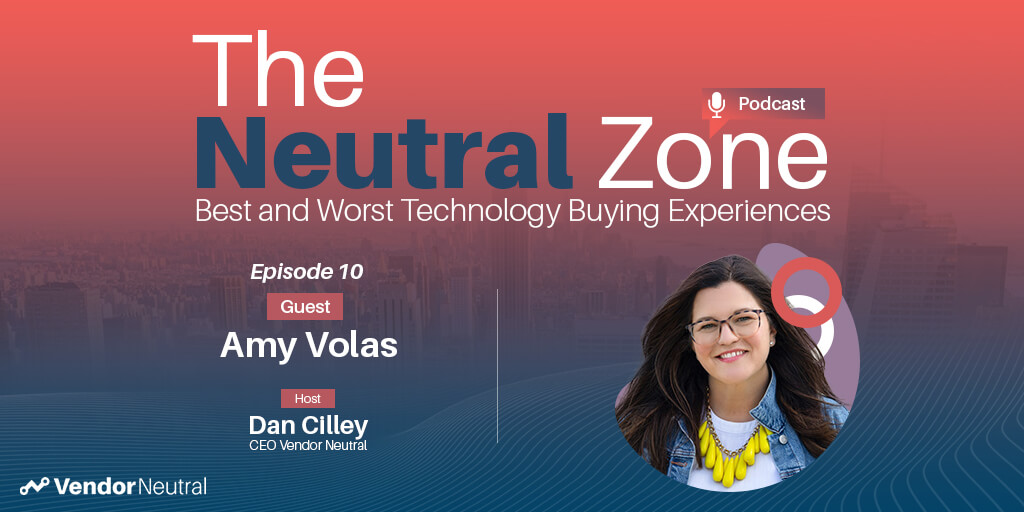 Clear View of Sales Episode 10 with Amy VolasClear View of Sales Episode 10 with Amy Volas
Clear View of Sales Episode 10 with Amy VolasClear View of Sales Episode 10 with Amy Volas -
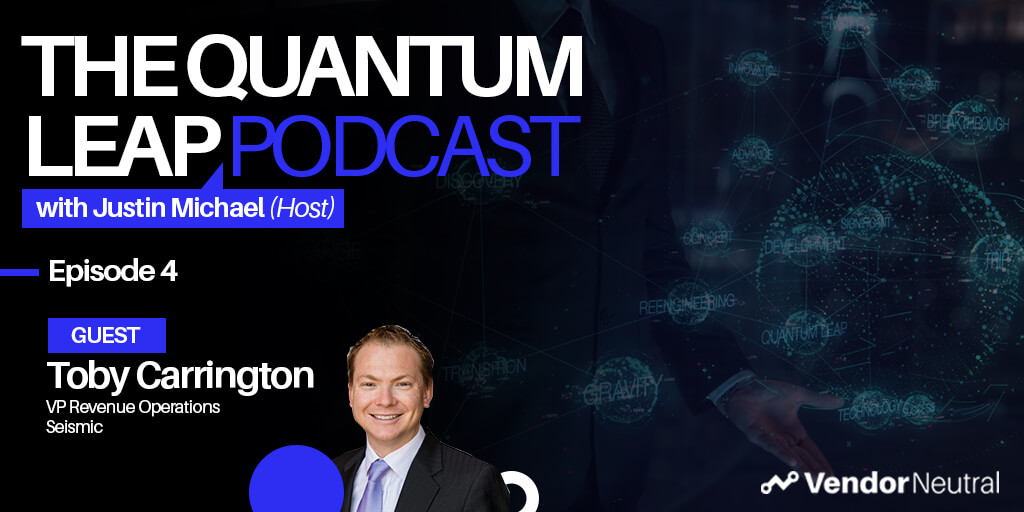 Quantum Leap Podcast Episode 4: Transforming Your Enterprise TechStack, The Future is Bright!Quantum Leap Podcast Episode 4: Transforming Your Enterprise TechStack, The Future is Bright!
Quantum Leap Podcast Episode 4: Transforming Your Enterprise TechStack, The Future is Bright!Quantum Leap Podcast Episode 4: Transforming Your Enterprise TechStack, The Future is Bright! -
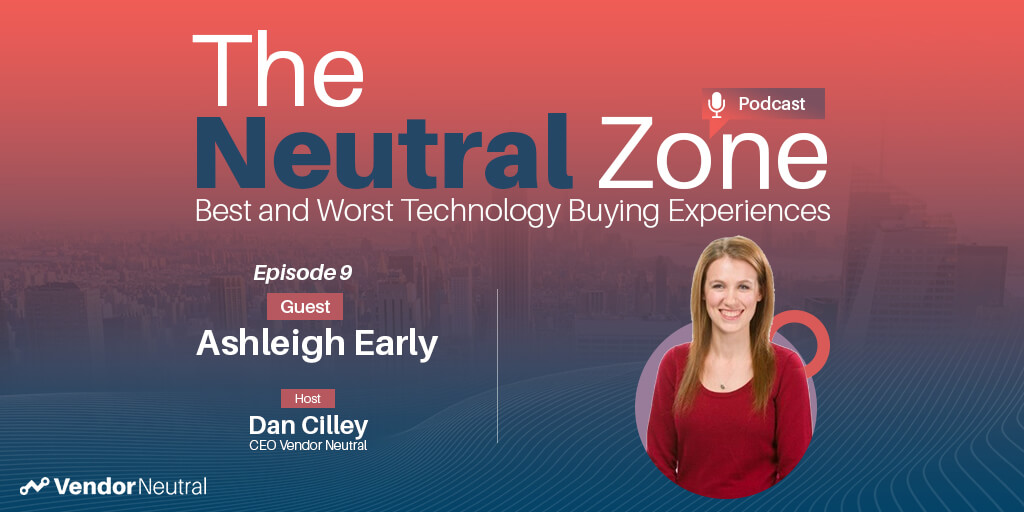 Clear View of Sales with Ashleigh Early:Clear View of Sales with Ashleigh Early:
Clear View of Sales with Ashleigh Early:Clear View of Sales with Ashleigh Early: -
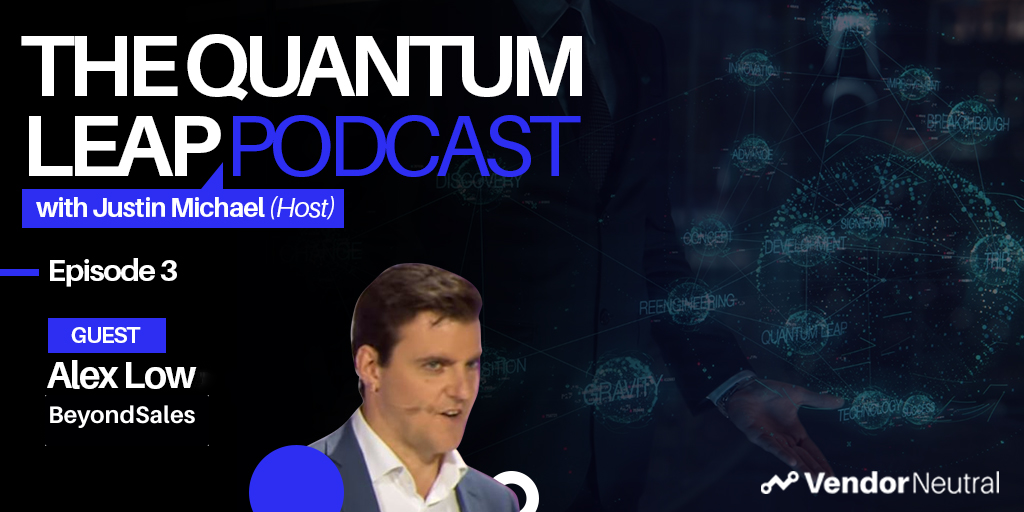 Quantum Leap Episode 3: Unlock the Mystery of Enterprise TransformationQuantum Leap Episode 3: Unlock the Mystery of Enterprise Transformation
Quantum Leap Episode 3: Unlock the Mystery of Enterprise TransformationQuantum Leap Episode 3: Unlock the Mystery of Enterprise Transformation -
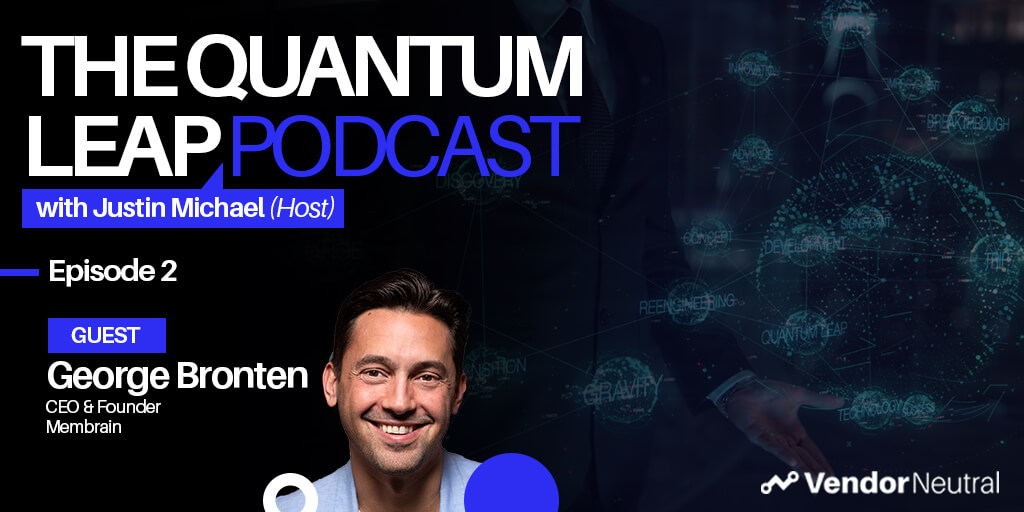 Quantum Leap Podcast Episode 2Quantum Leap Podcast Episode 2
Quantum Leap Podcast Episode 2Quantum Leap Podcast Episode 2 -
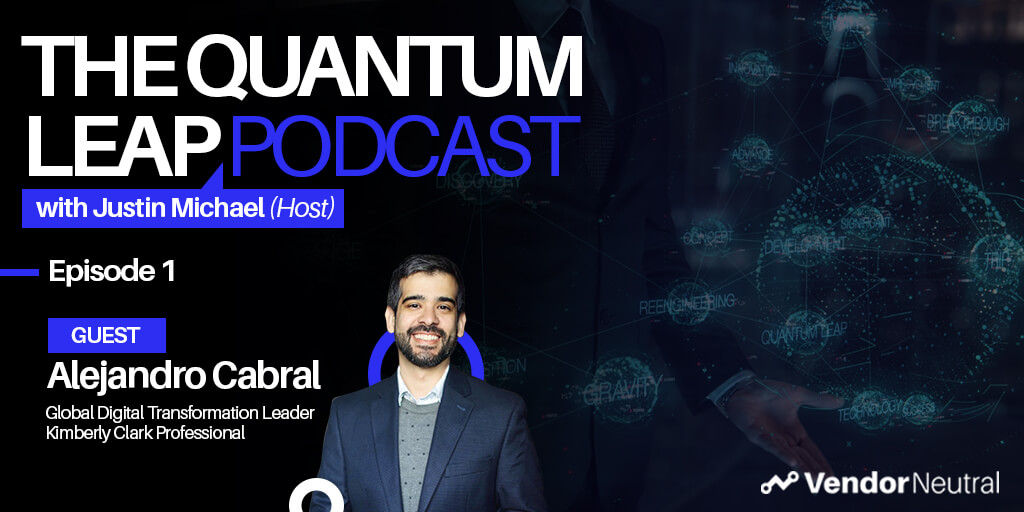 Quantum Leap Podcast Episode 1Quantum Leap Podcast Episode 1
Quantum Leap Podcast Episode 1Quantum Leap Podcast Episode 1 -
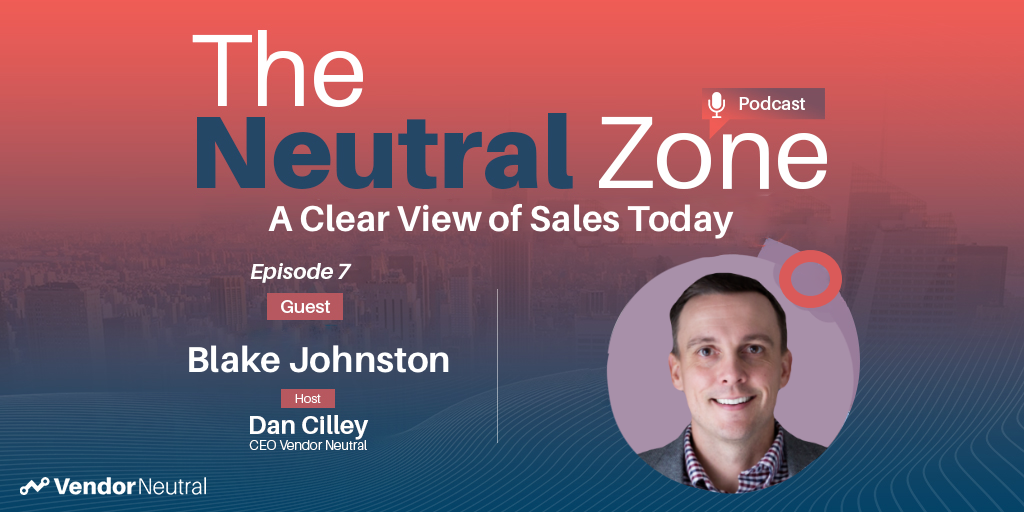 The Best & Worst B2B Technology Buying Experiences With Blake JohnstonThe Best & Worst B2B Technology Buying Experiences With Blake Johnston
The Best & Worst B2B Technology Buying Experiences With Blake JohnstonThe Best & Worst B2B Technology Buying Experiences With Blake Johnston -
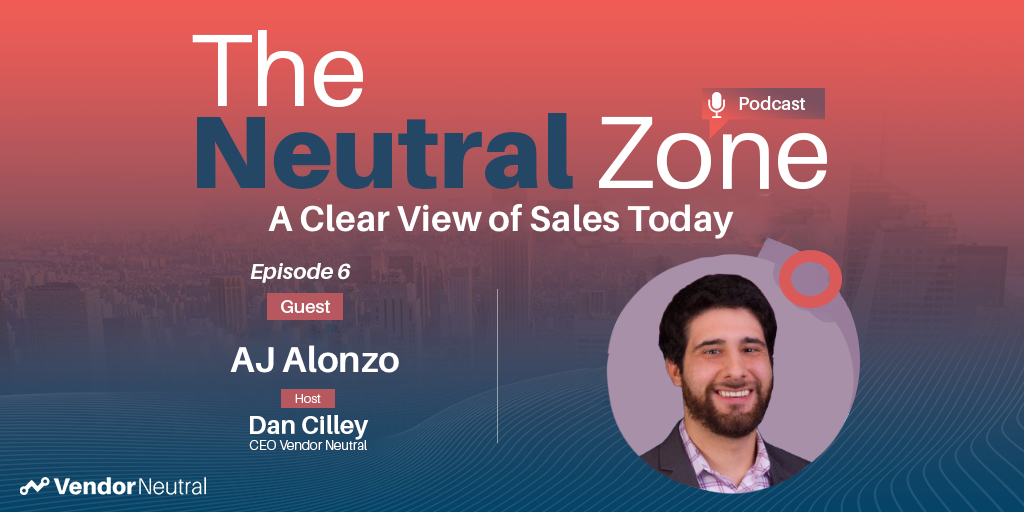 The Best & Worst B2B Technology Buying Experiences With AJ AlonzoThe Best & Worst B2B Technology Buying Experiences With AJ Alonzo
The Best & Worst B2B Technology Buying Experiences With AJ AlonzoThe Best & Worst B2B Technology Buying Experiences With AJ Alonzo -
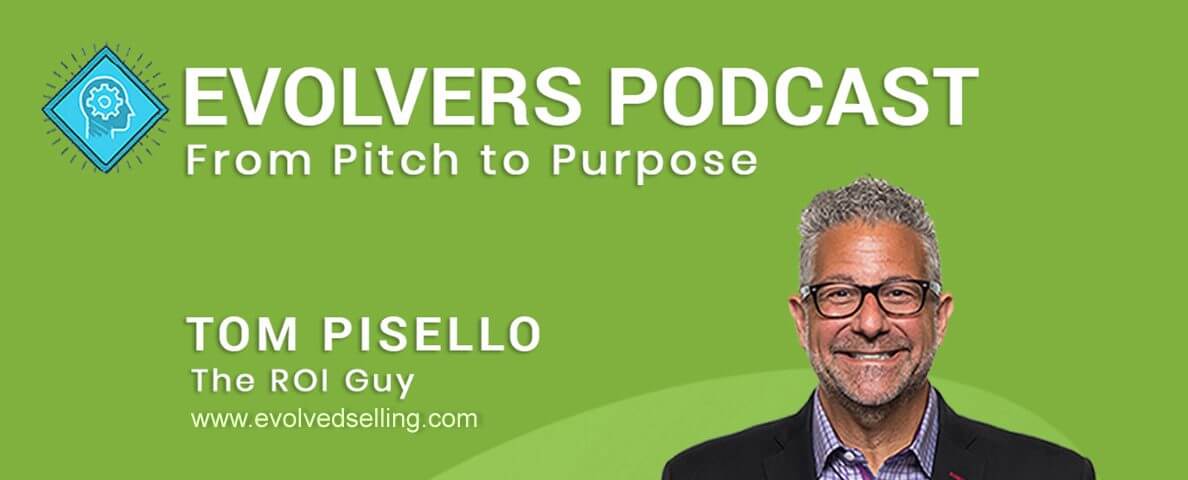 Evolvers Podcast: The Democratization of Sales Enablement? With Dan CilleyEvolvers Podcast: The Democratization of Sales Enablement? With Dan Cilley
Evolvers Podcast: The Democratization of Sales Enablement? With Dan CilleyEvolvers Podcast: The Democratization of Sales Enablement? With Dan Cilley -
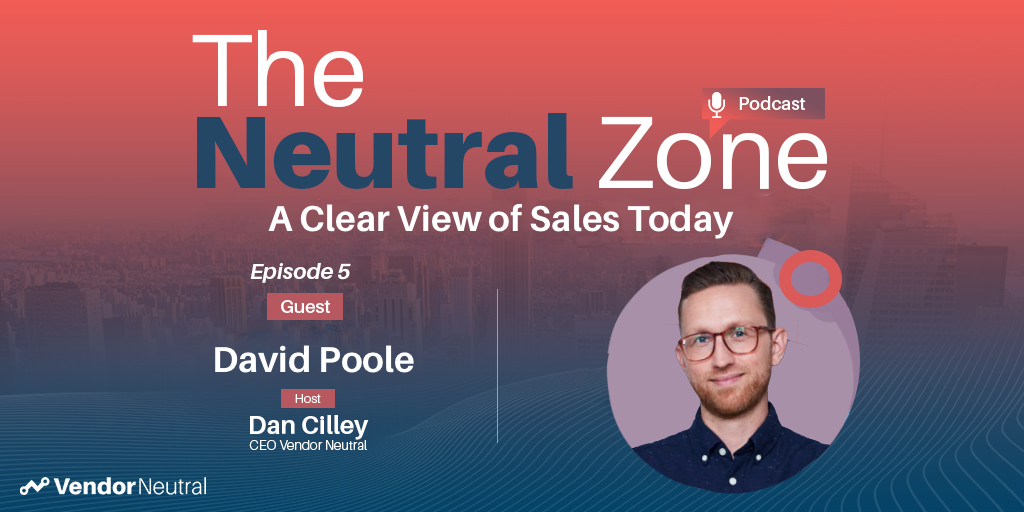 The Best & Worst B2B Technology Buying Experiences With David PooleThe Best & Worst B2B Technology Buying Experiences With David Poole
The Best & Worst B2B Technology Buying Experiences With David PooleThe Best & Worst B2B Technology Buying Experiences With David Poole -
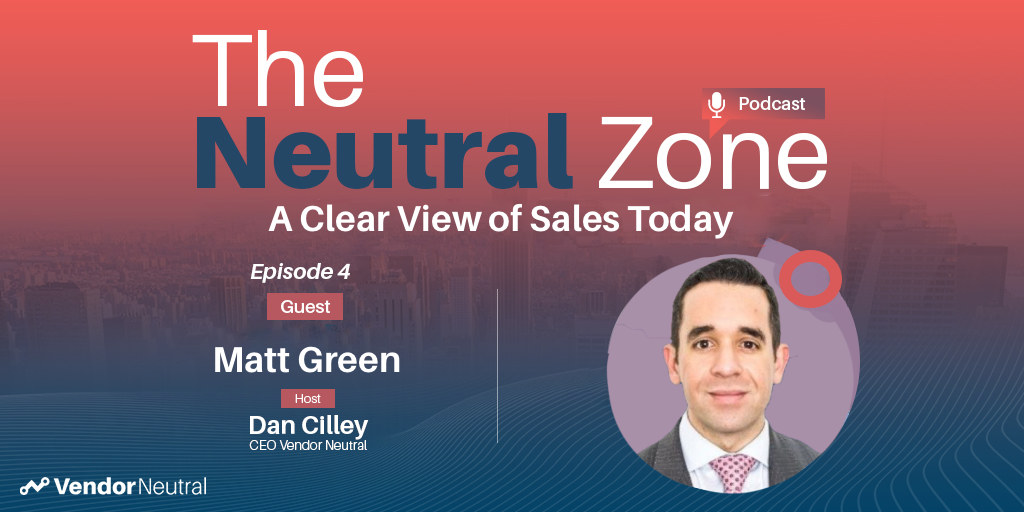 The Best & Worst B2B Technology Buying Experiences With Matt GreenThe Best & Worst B2B Technology Buying Experiences With Matt Green
The Best & Worst B2B Technology Buying Experiences With Matt GreenThe Best & Worst B2B Technology Buying Experiences With Matt Green -
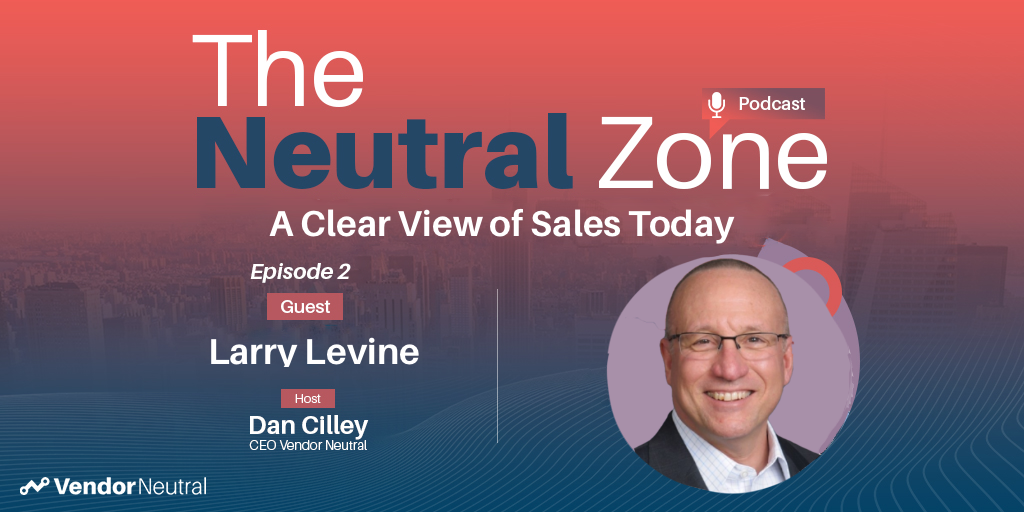 The Best & Worst B2B Technology Buying Experiences with Larry LevineThe Best & Worst B2B Technology Buying Experiences with Larry Levine
The Best & Worst B2B Technology Buying Experiences with Larry LevineThe Best & Worst B2B Technology Buying Experiences with Larry Levine -
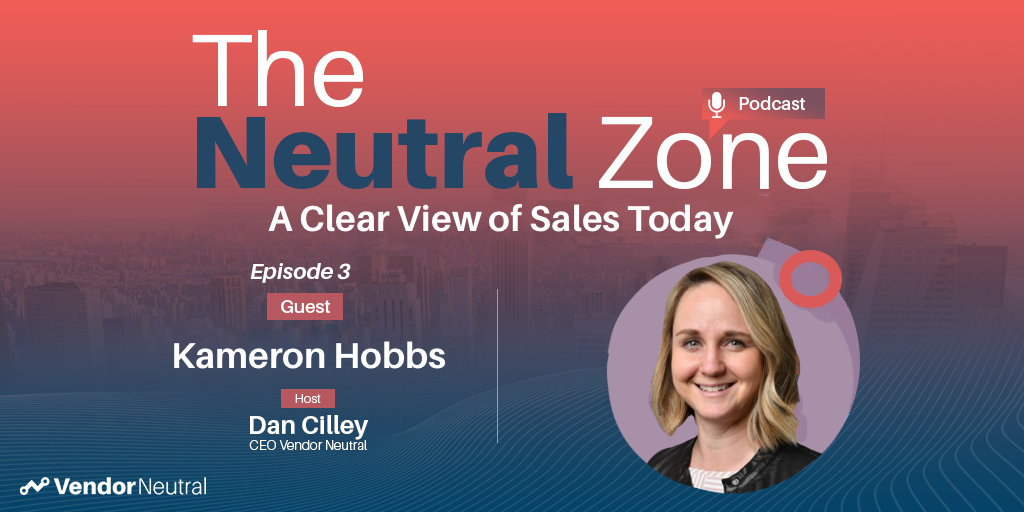 The Best & Worst B2B Technology Buying Experiences with Kameron HobbsThe Best & Worst B2B Technology Buying Experiences with Kameron HobbsVideo
The Best & Worst B2B Technology Buying Experiences with Kameron HobbsThe Best & Worst B2B Technology Buying Experiences with Kameron HobbsVideo -
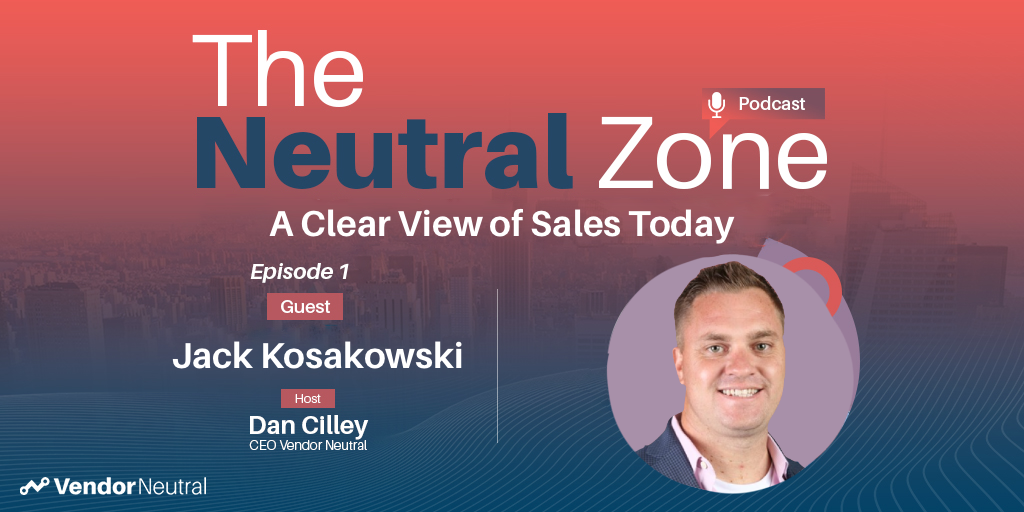 The Best & Worst B2B Technology Buying Experiences with Jack KosakowsiThe Best & Worst B2B Technology Buying Experiences with Jack KosakowsiPodcast
The Best & Worst B2B Technology Buying Experiences with Jack KosakowsiThe Best & Worst B2B Technology Buying Experiences with Jack KosakowsiPodcast
